JaeHyun Baek
PyNET-CA: Enhanced PyNET with Channel Attention for End-to-End Mobile Image Signal Processing
Apr 07, 2021



Abstract:Reconstructing RGB image from RAW data obtained with a mobile device is related to a number of image signal processing (ISP) tasks, such as demosaicing, denoising, etc. Deep neural networks have shown promising results over hand-crafted ISP algorithms on solving these tasks separately, or even replacing the whole reconstruction process with one model. Here, we propose PyNET-CA, an end-to-end mobile ISP deep learning algorithm for RAW to RGB reconstruction. The model enhances PyNET, a recently proposed state-of-the-art model for mobile ISP, and improve its performance with channel attention and subpixel reconstruction module. We demonstrate the performance of the proposed method with comparative experiments and results from the AIM 2020 learned smartphone ISP challenge. The source code of our implementation is available at https://github.com/egyptdj/skyb-aim2020-public
AIM 2020 Challenge on Learned Image Signal Processing Pipeline
Nov 10, 2020

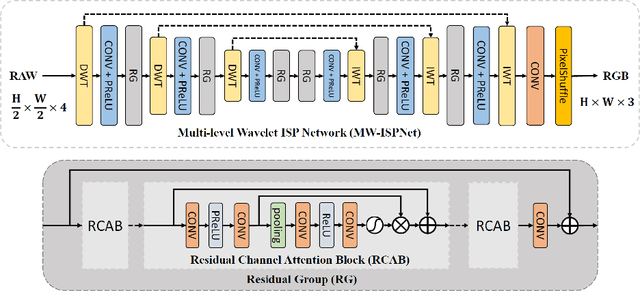
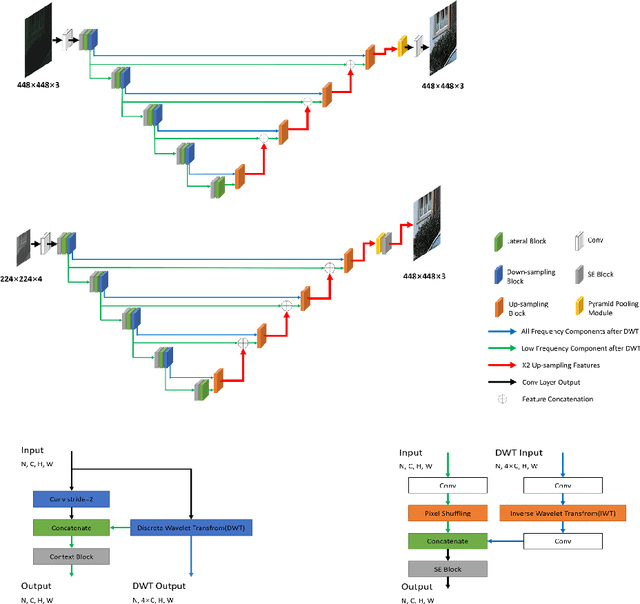
Abstract:This paper reviews the second AIM learned ISP challenge and provides the description of the proposed solutions and results. The participating teams were solving a real-world RAW-to-RGB mapping problem, where to goal was to map the original low-quality RAW images captured by the Huawei P20 device to the same photos obtained with the Canon 5D DSLR camera. The considered task embraced a number of complex computer vision subtasks, such as image demosaicing, denoising, white balancing, color and contrast correction, demoireing, etc. The target metric used in this challenge combined fidelity scores (PSNR and SSIM) with solutions' perceptual results measured in a user study. The proposed solutions significantly improved the baseline results, defining the state-of-the-art for practical image signal processing pipeline modeling.
AIM 2020 Challenge on Real Image Super-Resolution: Methods and Results
Sep 25, 2020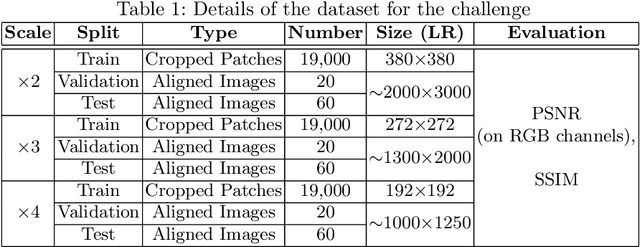
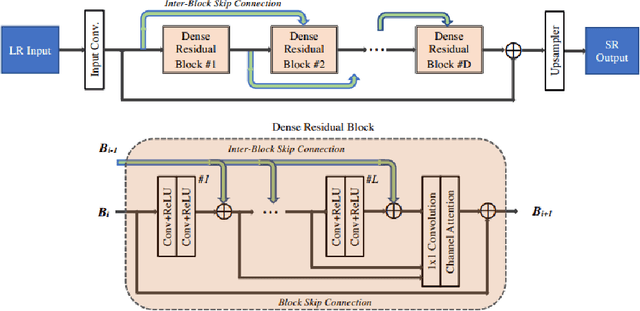
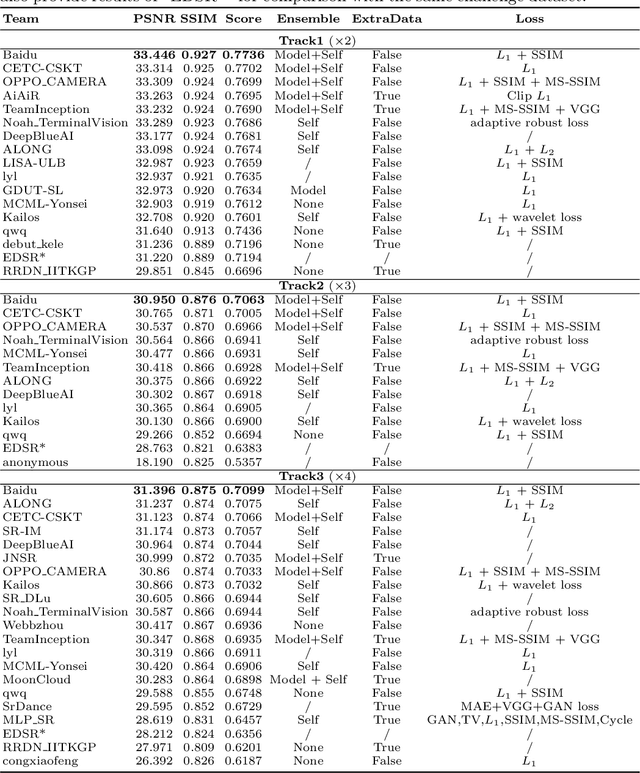
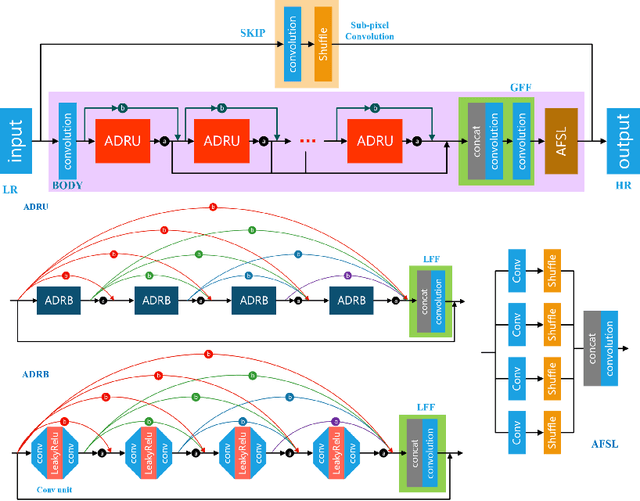
Abstract:This paper introduces the real image Super-Resolution (SR) challenge that was part of the Advances in Image Manipulation (AIM) workshop, held in conjunction with ECCV 2020. This challenge involves three tracks to super-resolve an input image for $\times$2, $\times$3 and $\times$4 scaling factors, respectively. The goal is to attract more attention to realistic image degradation for the SR task, which is much more complicated and challenging, and contributes to real-world image super-resolution applications. 452 participants were registered for three tracks in total, and 24 teams submitted their results. They gauge the state-of-the-art approaches for real image SR in terms of PSNR and SSIM.
NTIRE 2020 Challenge on Perceptual Extreme Super-Resolution: Methods and Results
May 03, 2020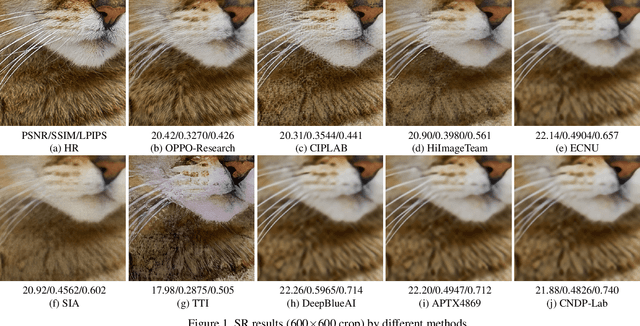
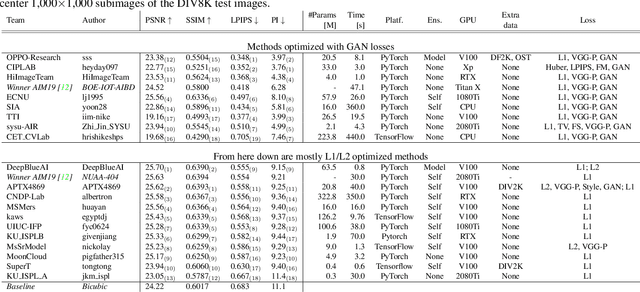
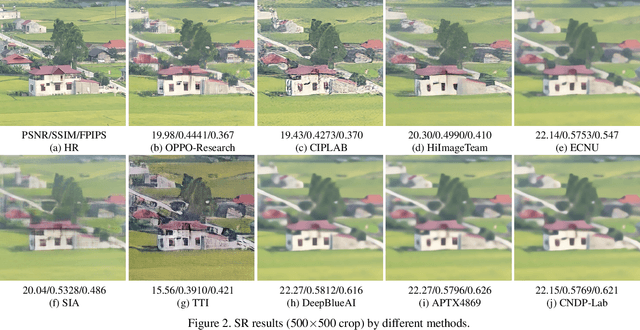
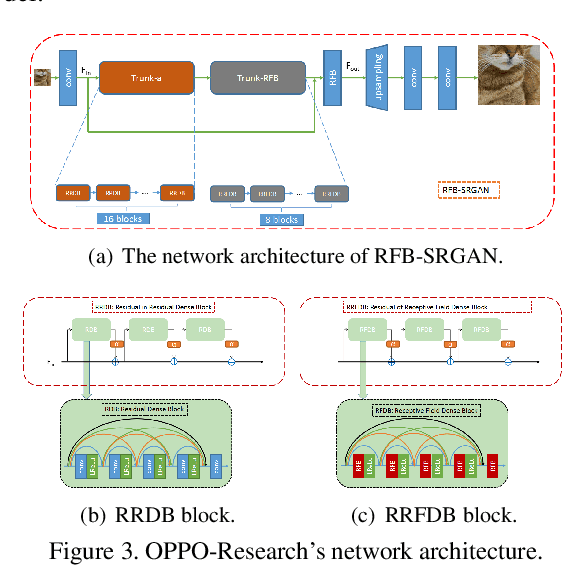
Abstract:This paper reviews the NTIRE 2020 challenge on perceptual extreme super-resolution with focus on proposed solutions and results. The challenge task was to super-resolve an input image with a magnification factor 16 based on a set of prior examples of low and corresponding high resolution images. The goal is to obtain a network design capable to produce high resolution results with the best perceptual quality and similar to the ground truth. The track had 280 registered participants, and 19 teams submitted the final results. They gauge the state-of-the-art in single image super-resolution.
 Add to Chrome
Add to Chrome Add to Firefox
Add to Firefox Add to Edge
Add to Edge